The American people are paying the price for Trump’s tariffs
The American people are paying the price for Trump’s tariffs
By Özgür Altınbaş
We discussed the ongoing tariff war between the United States and China with Adjunct Professor Warwick Powell from Queensland University of Technology and Xu Yawen from CGTN Radio. The experts stressed that the U.S. is making a strategic mistake and harming its own domestic economy. They also noted that China’s defensive mechanisms against U.S. President Donald Trump’s “malicious” actions still aim to keep the door open for dialogue.
Powell said, “Evidence shows that China’s trade with the rest of the world continues to grow,” while Xu commented, “China firmly protects its national interests while also defending the international multilateral trade system.”
‘China is not closing the door to dialogue’
Warwick Powell stated that China has responded to all U.S. measures with reciprocal counteractions, emphasizing that Beijing is careful to prevent tensions from closing off opportunities for dialogue. He added, “Meanwhile, Chinese companies have expanded their trade relations with other markets in a way that completely offsets the decline in trade with the U.S. since ‘Independence Day’.” Powell continued, “Finally, China has been effectively utilizing diplomatic channels to strengthen global commitments to open, multilateral trade institutions.”
Personal decisions
“Trump can be seen as someone who truly believes in tariffs,” said Powell. “He also receives advice from figures like Peter Navarro, a well-known protectionist. They believe tariffs will make global trade fairer (they think the U.S. is being exploited) and help bring manufacturing back to America.”
However, the academician stressed that evidence is clear: “Tariffs impose more costs on U.S. industries and households than they bring benefits. These tariffs involve substantial personal political capital and prestige; they are a signature policy of Trump himself.”
‘Trump encouraged retaliation’
Powell said the direct trigger of the rare earth elements (REE) decision announced by China’s Ministry of Commerce (MOFCOM) on October 9, 2025, was the U.S. side maliciously violating the non-escalation agreement reached in Madrid.
He underlined that steps like expanding sanctions lists, tightening rules (the 50% rule), and imposing fees on Chinese-made or Chinese-flagged cargo vessels inevitably encouraged a strong response.
Powell further noted that the Foreign-Direct Product Rule (FDPR) has long been part of the U.S. arsenal: “This mechanism entered into force in 1959 and has long been used by Washington to restrict semiconductor exports to China. The FDPR grants authority to regulate sales of products made by non-U.S. companies even if they are produced abroad, as long as they contain U.S. technology, software, or equipment. In other words, if U.S. technology exists anywhere in the supply chain, Washington can claim jurisdiction. Licensing requirements allow China to manage its export process more efficiently, supervise the global supply chain more effectively, and contribute to stability. At the same time, these measures clearly state that Chinese REEs and related materials or technologies will not be allowed for military purposes. Thus, these measures can be said to help limit military escalation and reduce proliferation risks. They are actions taken in the interest of peace.”
‘Maintain strategic focus and manage domestic development well’
Chinese journalist Xu Yawen also stated that China’s strategy against the U.S.’s unilateral and protectionist tariff policies is systematic and multidimensional. “In this trade dispute initiated by the U.S., China firmly protects its national interests while defending the international multilateral trade system,” said Xu. She summarized China’s core approach with the following principles:
Strengthen domestic development to withstand uncertainty:
China focuses on promoting high-quality economic development and accelerating a new development paradigm. Priorities include unlocking domestic demand potential, deepening reforms, and advancing high-level opening-up. Integrating technological and industrial innovation increases economic resilience and competitiveness, providing a solid foundation against external risks.
Maintain open cooperation and defend multilateral trade:
Despite external challenges, China’s commitment to high-level opening-up remains unchanged. Continued optimization of the negative list for foreign investment, the establishment of pilot free-trade zones, and the expansion of high-standard free-trade networks proves this. Through its own openness, China supports economic globalization and injects stability into global trade recovery.
Balance development and security; take necessary countermeasures:
While preserving openness, national security is also safeguarded. Any actions harming China’s legitimate rights and interests are countered through lawful measures to protect sovereignty and development interests. This represents China’s principled yet flexible stance.
China’s countermeasures
Xu stated that China has implemented retaliatory tariffs and control policies on critical minerals: “On October 9, the Ministry of Commerce issued an export control announcement on rare earth elements and related technologies. This demonstrates China’s important counter-capacity in the field of strategic resources.”
She added that China’s actions deliver a clear message: “While the U.S. is busy building ‘high walls’ with tariffs, China is contributing certainty to the uncertain global economy with more inclusive and connecting actions.”
‘The burden of tariffs falls on the public’
Xu emphasized that the reason behind the U.S. imposing high tariffs on China is Trump’s refusal to accept the large trade deficit: “But the real goal is to revive U.S. manufacturing through reciprocal tariffs. This sector-specific protectionism aims to shield domestic industries.”
This aggressive protectionism, she noted, is rooted in America’s domestic problems:
Economic inequality, political polarization, and uncontrollable national debt.
“The Trump administration tried to externally redirect internal political pressure with a tough stance, appealing to blue-collar voters who believe globalization has harmed their interests,” Xu said.
However, Xu added that U.S. decision-makers may have made a strategic miscalculation: “They believed that excessive pressure would break China’s growth momentum, despite the costs to the U.S. International research shows this: U.S. consumers and businesses pay nearly all the tariffs on Chinese goods. According to Moody’s, U.S. consumers bear 92.4% of tariff costs. American households face an additional cost of $1,300 per year. The U.S. may think: ‘We will lose, but China will lose more.’ Yet this miscalculation underestimates the long-term damage of the trade war.”
Rare earth elements
Xu emphasized that China’s recent export controls on rare earth elements are based on national security, strategic resource protection, and sustainable development. She explained the reasons:
- Protect national security and strategic resources:
Rare earth elements are essential in critical technologies—from AI to defense, batteries to chips. Resource security necessitates regulation. - Industrial upgrading and environmental protection:
China aims to move the rare earth industry toward higher value-added, smarter, and eco-friendly directions. The regulation aligns with sustainable development.
‘Our global share is large’
She emphasized that rare earth elements are crucial for EVs, wind turbines, smartphones, fighter jets, and guided weapons. Any supply disruption directly affects industry and national security. Citing Goldman Sachs data, Xu stated China’s global share is:
- 69% in extraction
- 92% in refining
- 98% in magnet manufacturing
A mere 10% drop in supply could reduce global economic output by $150 billion. She noted that bringing new mines online takes 8–10 years and building refining facilities at least 5 years. Thus, the West cannot quickly achieve independence. China’s dominance in the rare earth sector cannot be shaken in the short term, and export controls have direct and long-lasting effects.
‘An opportunity for cooperation with other countries’
Xu highlighted that the U.S.’s unilateral protectionist policies objectively create opportunities for other countries to deepen economic cooperation and trade with China.
The main determinant, she said, is China’s long-standing win-win-based opening-up strategy:
- Opportunities from the vast Chinese market:
China offers 100% tariff-free access to the poorest countries and plans to import more than $8 trillion from developing countries by 2030, encouraging many nations to increase trade with China. - Deeper cooperation through the Belt and Road Initiative:
The uncertainty caused by U.S. policies drives many countries toward China’s open, inclusive, and cooperative trade vision.
The Belt and Road Initiative, providing tangible development benefits to over 150 nations, naturally strengthens trade ties. - The rise of the Global South & pursuit of fairness in governance:
China supports developing countries’ integration into global value chains and cooperates in organizations like the SCO and BRICS to promote a fairer economic order.
Determination to maintain opening-up
Xu also noted that the U.S. is bypassing the mechanisms of the World Trade Organization and undermining the multilateral trade system. “In response, China focuses on its own development, continues opening up, and deepens international cooperation,” she said.
Quoting President Xi Jinping, Xu emphasized:
“China’s commitment to high-level opening-up will not change; its determination to share development opportunities with the world will not change.”
She concluded that this open and mutually beneficial path will receive increasing international support.



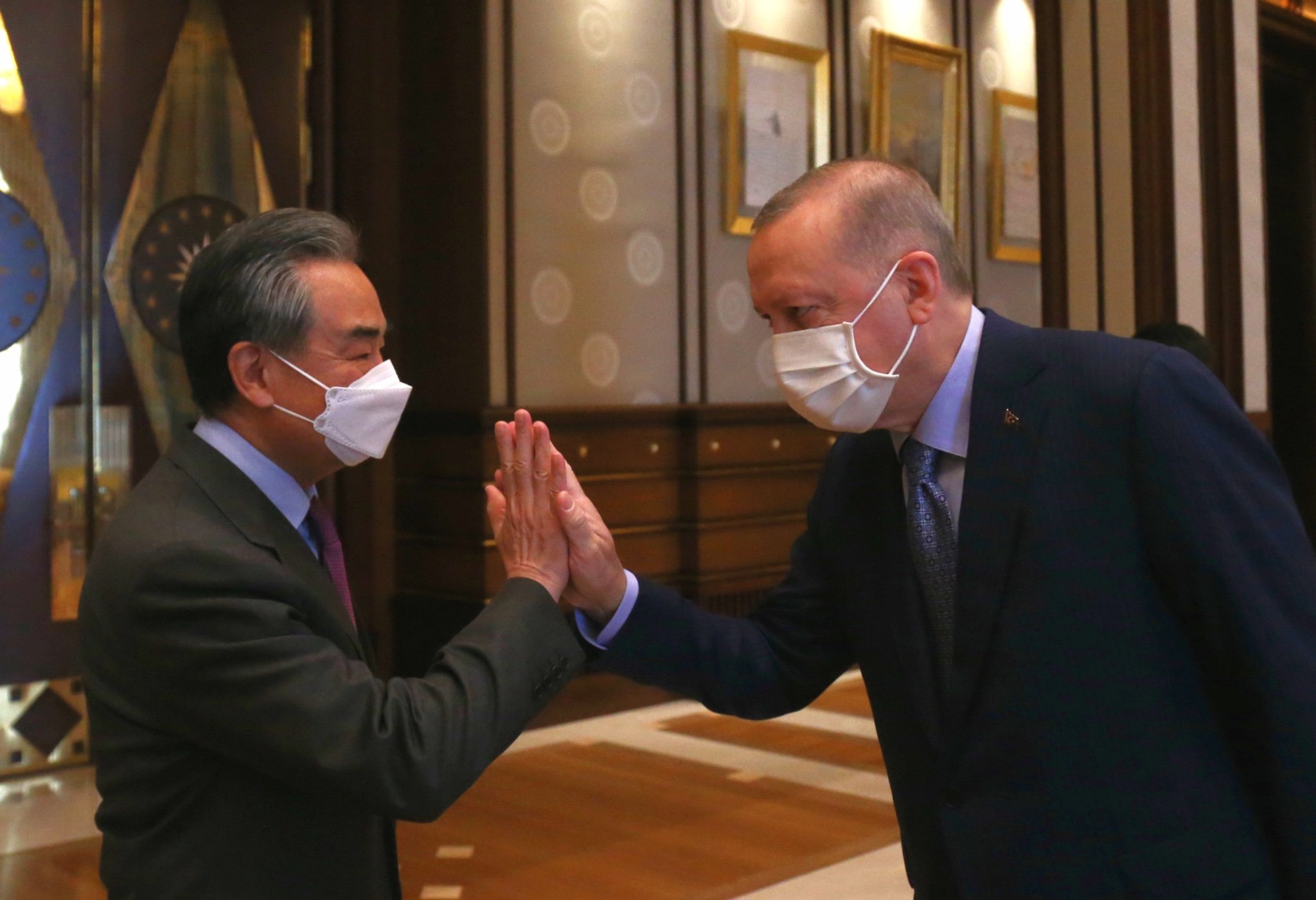



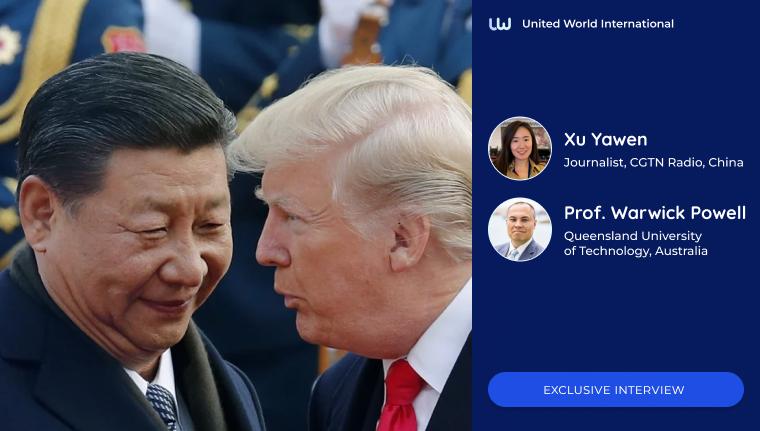
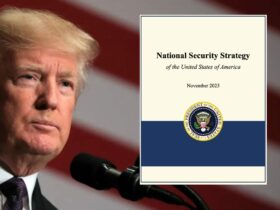
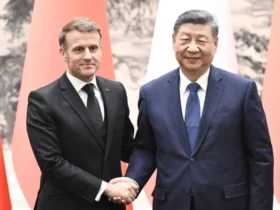






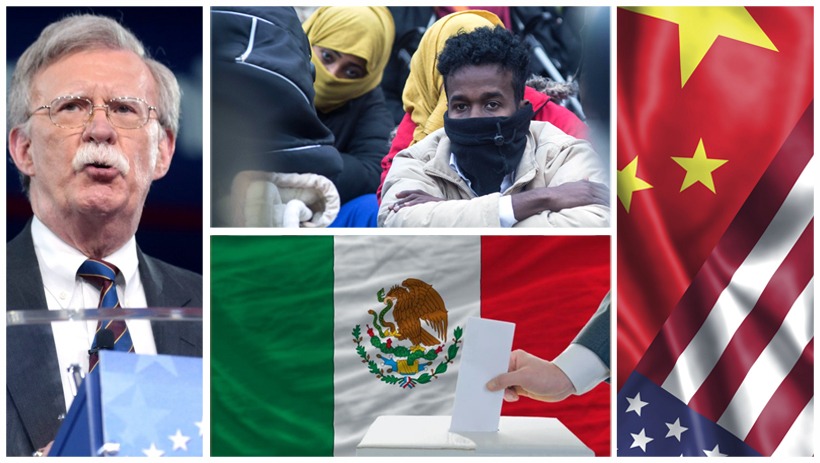
Leave a Reply